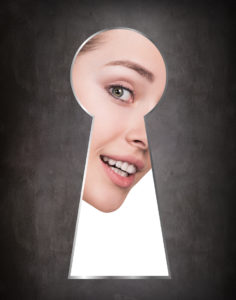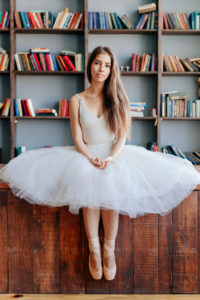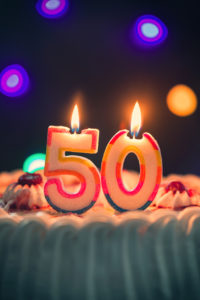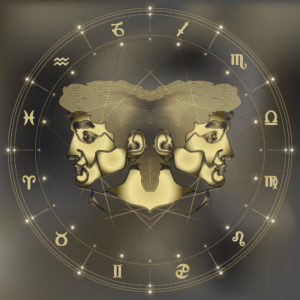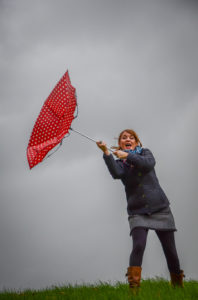“Man moves in order to satisfy a need,” Rudolf Laban writes in the Introduction to Mastery of Movement. “It is easy to perceive the aim of a person’s movement if it is directed to some tangible object. Yet there also exist intangible values that inspire movement.”

Laban returns to the theme of tangible and intangible motivations several times in Mastery. In many ways, his notions of the motives that spur human movement echo Abraham Maslow’s theory of a Hierarchy of Needs. Put simply, Maslow’s model differentiates human needs based on sustaining personal existence from those aimed at transcending personal existence; that is, his hierarchy divides the tangible from the intangible motivators.
In Beyond Words, we drew upon Maslow’s ideas as a way to survey different roles of movement in human life. Lying along a continuum from the functional to the expressive, we identified four key areas: movement in work (the productive function), movement in war and sports (the protective function), movement in a social display (the communicative/affiliative function), and movement in worship (the transcendental function).
In interesting ways, Laban’s own theories and studies of movement touch upon all four areas. Find out more in the next series of blogs.

